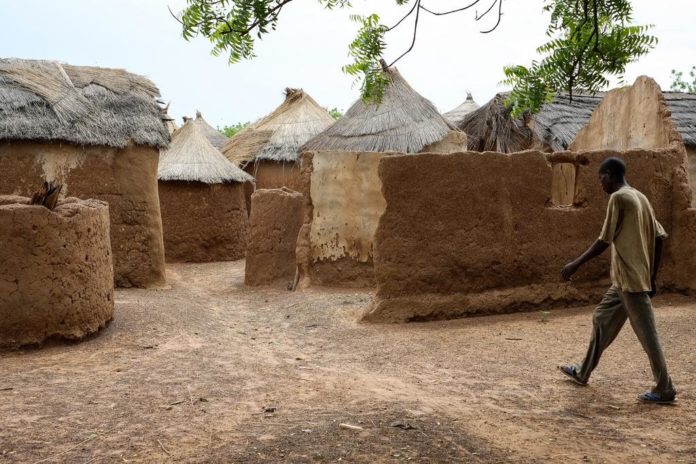The first Ghana National Multidimensional Poverty Index (MPI) has shown that the Upper East and former Northern (Now Northern, Savannah and North East) regions of Ghana have high rates of multidimensional poverty.
This implies that people in these regions are deprived of education, healthy living and better living standards. The MPI indicates that the former Northern region is the most poorest with 80.8 percent of the people being multidimensionally poor followed by the Upper East region with 68 percent of its people being multidimensionally poor.
The Multidimensional Poverty Index (MPI) which is the product of incidence and intensity of poverty assessed the deprivation of various basic survival needs that the poor in the society endure. It measures three dimensions of poverty with twelve non-monetary contributing indicators. The dimensions included education, health and living standards and each dimension consisted of a number of indicators contributing to the MPI. The indicators are the basic survivals needs that the vulnerable are deprived of and form the unit of measurement of the MPI.
The Living standards dimension has cooking fuel, water, assets, housing, overcrowding electricity and sanitation as its indicators. The indicators of the education dimension include school attendance, school attainment and school lag. The health dimension has two indicators which include nutrition and health insurance. The indicators that contribute most to the MPI in each of the ten regions of Ghana including the Upper East and Northern regions are health insurance, sanitation, nutrition, school attainment and school lag.
Nationally, 45.6 percent of Ghana’s population are multidimensionally poor. 86.8 percent of the national population are deprived in sanitation while 64.6 percent are deprived in the coverage of health insurance.
The Northern region has a population share of 9.3 percent with the largest proportion of the poor (17 percent). The Upper East region has a population share of 4.3 percent and 7 percent proportion of the poor.
Though the report said there have significant progress in the Multidimensional poverty reduction, it clearly shows that the inequalities gaps between the northern and southern Ghana have not been bridged. The disaggregation of the findings into the various ecological zones indicates that the Savannah zone which encompasses all the regions in northern Ghana has the highest incidence and intensity of poverty with70.9 percent and 55.4 percent respectively as compared to the 41.3 percent incidence and 49 percent intensity of multidimensional poverty of the coastal zone and 32 percent incidence and 47.9 intensity of multidimensional poverty in the forest zone that cover southern Ghana.
Ghana has since independence introduced measures to bridge the developmental gaps between the northern part and southern part of Ghana including the introduction of free education in the northern part of Ghana under the first Ghana president’s administration but the gap is yet to be bridged. The Multidimensional Poverty Index (MPI) may just be what Ghana needs to bridge the developmental gap between the two major parts of the country as it seeks to engender the deployment of diverse and targeted social and monetary interventions to deprived population especially the “poorest of the poor”.
The Multidimensional Poverty Index was computed using data from the Ghana Living Standard Survey (GLSS) 2016/2017, and 2011 and 2018 Ghana Multiple Indicator Cluster Surveys (MICS). The computation was led by the Ghana Statistical Service with Support from the United Nations Development Programme, the German Agency for International Cooperation and the Oxford Poverty and Human Development Initiative (OPHI) of Oxford University.




